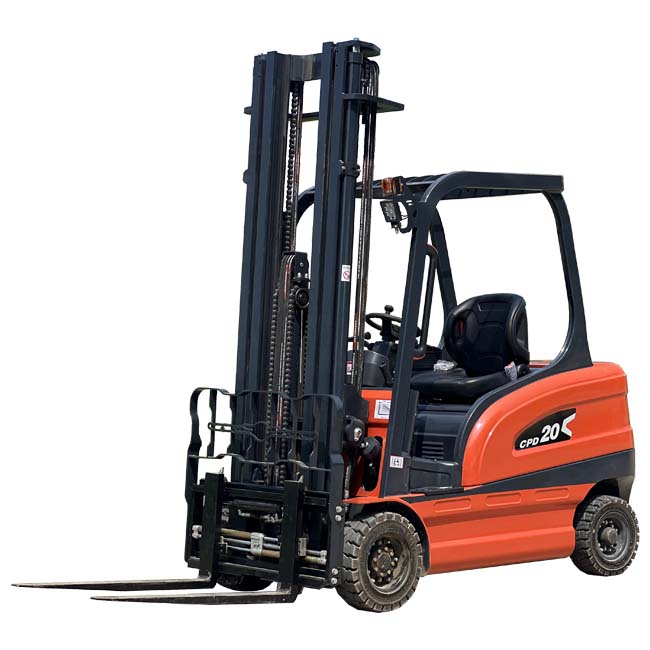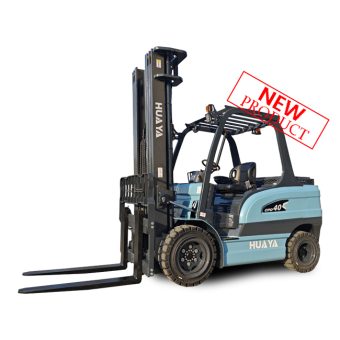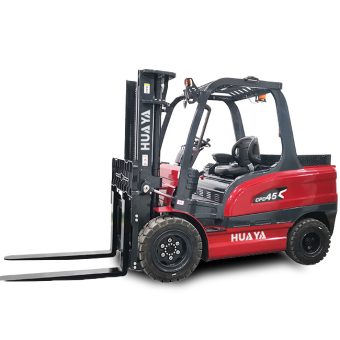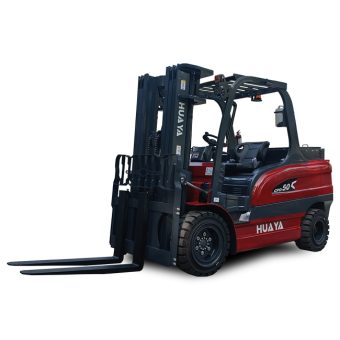
News
Transporting forklifts requires meticulous planning and attention to detail to ensure the safety of both the equipment and those involved in the process. In this guide, we will delve into the crucial steps and considerations for safely transporting a forklift to its destination.

Before embarking on the transportation journey, it's vital to assess the type and size of the forklift. Different forklift models have varying dimensions and weight capacities, influencing the choice of transport method and equipment.
Properly securing the forklift is paramount to prevent any shifting or damage during transit. Utilize robust straps and chains to firmly anchor the forklift to the transport vehicle, ensuring stability throughout the journey.
The choice of transport method depends on factors such as distance, terrain, and the type of forklift. Options include flatbed trailers, lowboy trailers, and tilt trailers. Selecting the appropriate method ensures a smooth and efficient transportation process.
Adhering to transportation regulations is non-negotiable. Verify the legal requirements for transporting heavy equipment in the jurisdictions involved. This may include obtaining permits, following designated routes, and complying with weight restrictions.
Performing a thorough pre-transport inspection is a proactive measure to identify any issues that might compromise safety during transportation. Check for leaks, loose components, and ensure that the forklift is in optimal working condition.
Engaging professional transport services with experience in handling heavy equipment is a prudent decision. These experts understand the intricacies of forklift transportation, minimizing risks and ensuring a seamless process from start to finish.
Safely transporting a forklift requires a combination of careful planning, adherence to regulations, and the right equipment. Whether opting for electric forklifts, counterbalance models, or reach forklifts, the key lies in securing the load, choosing the appropriate transport method, and ensuring compliance with safety standards. May your forklift transportation endeavors be smooth, secure, and incident-free.
A: While different transport vehicles can be used, it's crucial to choose one that aligns with the forklift's size, weight, and the intended route.
A: Yes, in many cases. It's essential to research and obtain the necessary permits to comply with interstate transportation regulations.
A: Absolutely. Electric forklifts can be transported alongside other types, provided proper securing measures are in place.
A: In the event of a breakdown, contact the transport service provider immediately. Having a contingency plan in place is essential for minimizing delays.
A: Yes, special considerations may be needed for forklifts with attachments. Ensure that these modifications are factored into the transport plan.
A: Pre-transport inspections should be conducted before each transportation journey to identify and address any potential issues.


